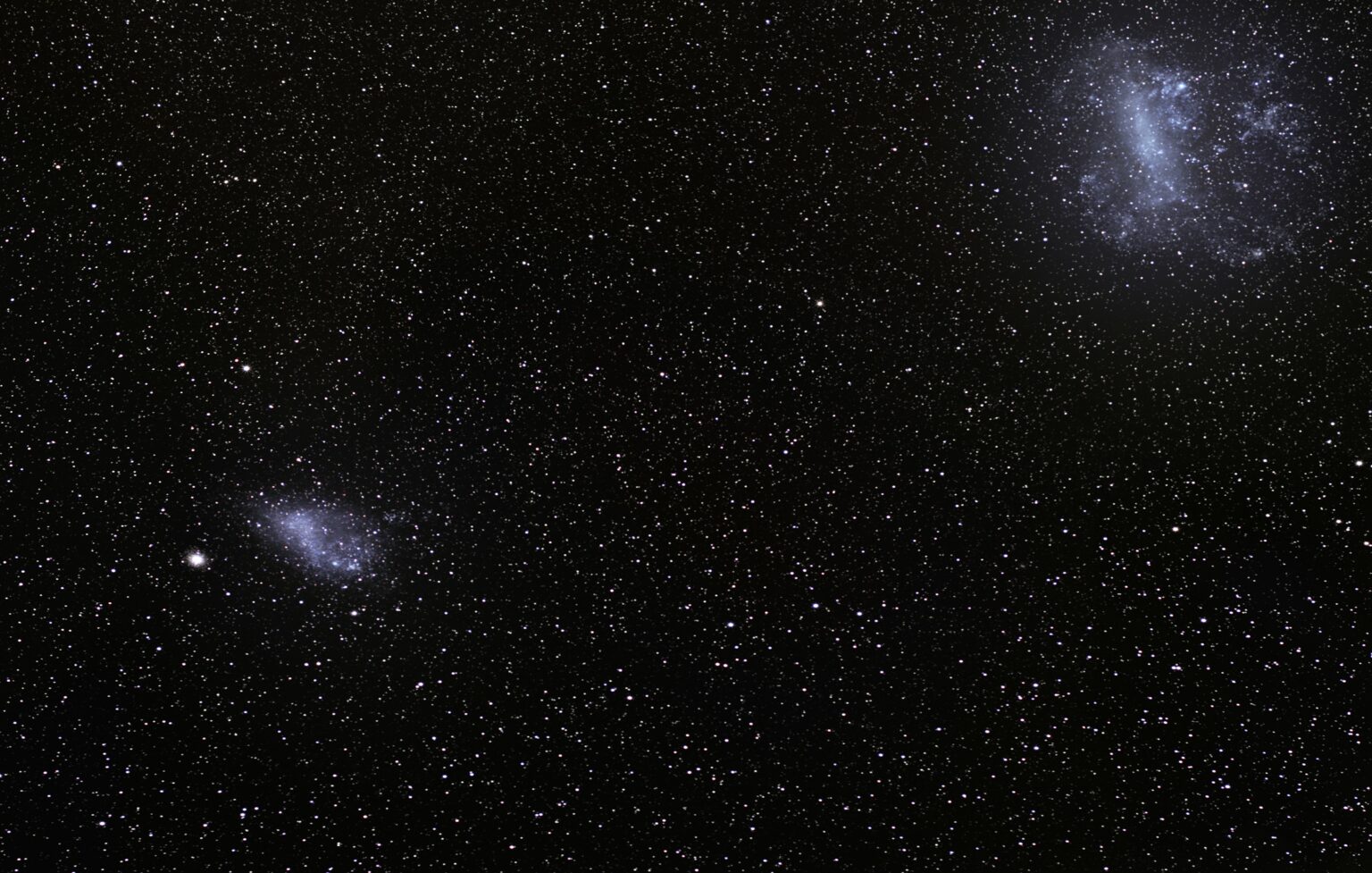Scientists have studied the KMHK 1762 star cluster located in the Large Magellanic Cloud. They came to the conclusion that it is older than previously thought. This may be evidence that one of the mysteries of this star system may be imaginary.

Yes, Magellanic clouds again
Astronomers from the Capodimonte Observatory studied the Large Magellanic Cloud using a Very Large Telescope (VLT). This work was carried out as part of a survey of dwarf moons of the Milky Way called Yes, Magellanic Clouds Again (YMCA).
Their attention was attracted by the star cluster KMHK 1762, located on its outskirts. Previous studies have shown that it is about 2.7 billion years old. However, accurate photometry and spectroscopy carried out within the framework of the YMCA showed that its metallicity is much lower than thought, and its age is greater.
Scientists have shown that there are quite a large number of red giants and subgiants in KMHK 1762. Together with the data of spectroscopic studies, this indicates that the age of the cluster is 5.5 billion years and it belongs to a rare category of stellar formations of the time of the Age gap of the Magellanic clouds.
Mystery of the Age Gap
One of the amazing features of the Large and Small Magellanic Clouds is that they lack star clusters between the ages of 10 and 4 billion years. Most of them are either very young or very old. So far, only two clusters in this age range have been known. Why this is so remains a mystery for scientists, forcing astrophysicists to put forward theories that the rate of star formation in these dwarf galaxies could change for unknown reasons.
Research within the YMCA shows that KMHK 1762 may be the third member of this rare group. Moreover, there may be many such clusters. The researchers point out that the organization and methodology of previous studies focused mainly on the inner regions of dwarf galaxies and almost completely ignored their surroundings.
It is quite possible that the mystery of changing the rate of star formation in the Magellanic clouds is solved very simply. The age gap can only be an artifact of observations. In this case, there is simply no mysticism there.
According to phys.org
Follow us on Twitter to get the most interesting space news in time
https://twitter.com/ust_magazine

